For manufacturing diapers, non-woven fabric is a common choice due to its excellent properties for absorbency, comfort, and ease of manufacturing. The basic set, if one-sized, can last from birth to potty-training. Terms and Conditions. This isolation is done to help protect the environment from the toxic items usually found in a landfill. Breathable non-woven fabrics can be particularly advantageous for diapers, as they allow for better air circulation, reducing the risk of skin irritation and rashes. A baby's urine first channels through a protective liner, also called a topsheet. Dyper makes their compostable diapers from bamboo fibers. Another way Pampers is promoted is through product placement. Get Sample Kit Now. Babies may have their diapers changed five or more times a day. The Cincinnati Post.
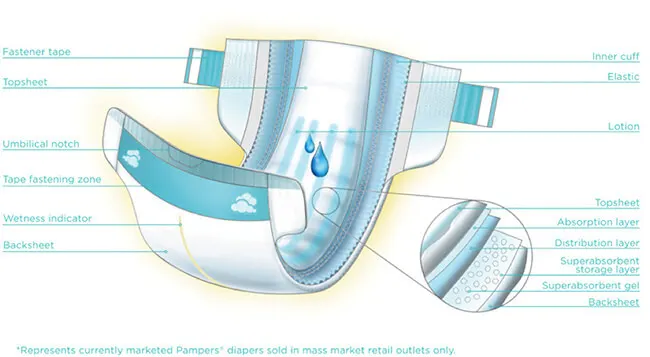
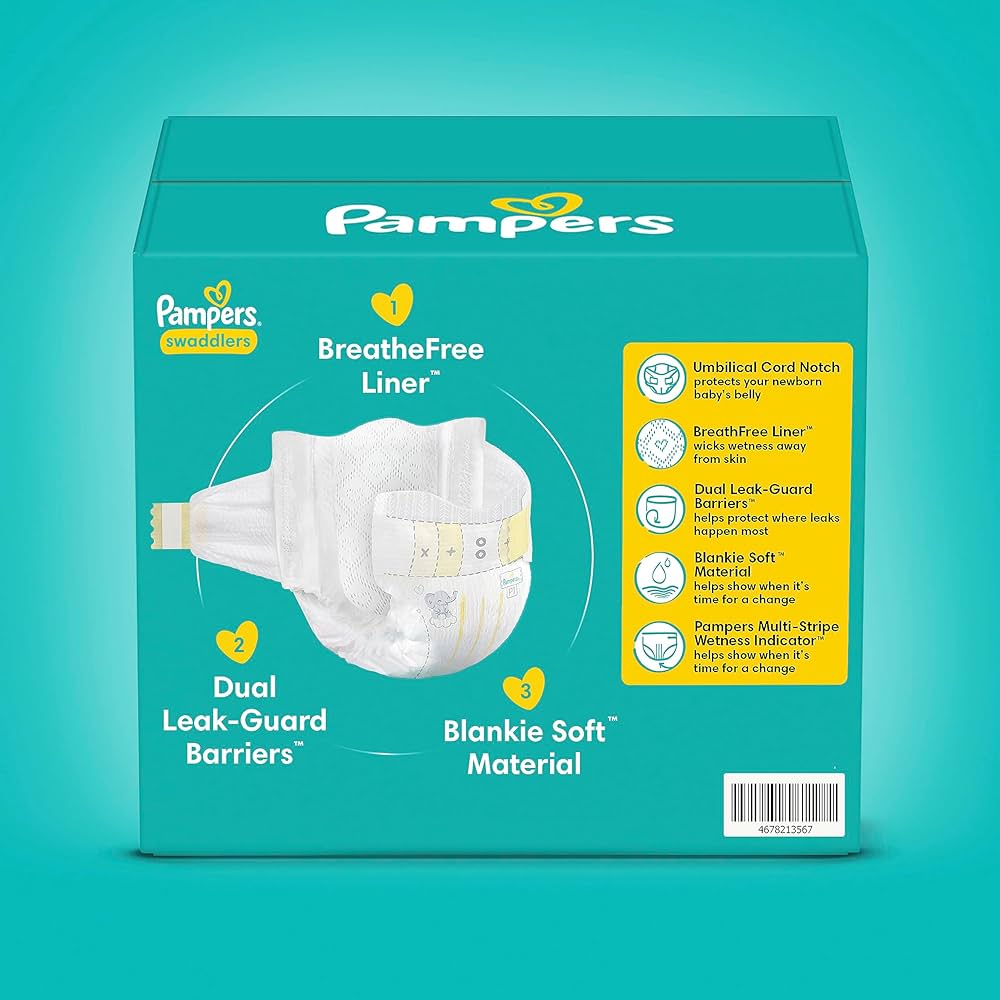
With the advancement of medical technology, doctors and state-of-the-art hospitals increasingly turn to nonwoven fabrics. For example, using a cloth diaper laundering service involves additional pollution from the vehicle that picks up and drops off deliveries. In , Gordon made over Paddis herself using her sewing machine at the kitchen table. This knowledge somewhat levels the playing field between cloth and disposable diapers and their perceived convenience. Diapers are made of cloth or synthetic disposable materials. Size MM. This article is part of our review of The Best Disposable Diapers You might think that the first disposable diaper was invented to increase mobility among families or for convenience, but that wasn't the case. Our Nonwoven fabric Business is Built on trust. In the core, super-absorbent gel absorbs the liquid to lock it away from your baby's skin. As reported in the Huffington Post and elsewhere, "…due to the 'trade secret' status of fragrances, manufacturers are still not required by the FDA to disclose their ingredients on the label or in any other way.
Check out our Diapers raw material
Our Recognitions. Breathable non-woven fabrics can be particularly advantageous for diapers, as they allow for better air circulation, reducing the risk of skin irritation and rashes. Non-woven fabrics used in diapers are typically made from synthetic fibers like polypropylene or polyethylene. In other projects. By the 19th century, baby diapers were being sewn from linen, giving us the modern-day reading of the word "diaper". Because these materials are relatively new, they have not undergone any significant testing. Retrieved February 14, Get Sample Kit Now. A lot of great diapers are perfume-free, and let's be honest, the fragrance doesn't mask or improve the smell of a dirty diaper. Diapers , training underwear , baby wipes. However, most experts feel the SAP itself was not the cause. When we looked at their websites for more information, we found the words pigments, inks, and colorants to describe the prints. From Pill Boxes to Bandages Proponents of baby-led potty training and Elimination Communication argue that potty training can begin at birth with multiple benefits, with diapers only used as a backup. Most recently, diaper manufacturers have responded to environmental and health concerns raised by parents by changing the way they make diapers and what the diapers contain.
Materials and Safety - What's In Our Products? | Pampers
- November 13,
- You don't need it, so it's not worth the risk.
- It wasn't long, however, before mothers realized the practical pampers material benefits of Donovan's diaper design: a rectangular plastic covering initially made from shower curtains over layers of tissue paper.
This article is part of our review of The Best Disposable Diapers. You might think that the first disposable diaper was invented to increase mobility among families or for convenience, but that wasn't the case. It wasn't long, however, before mothers realized the practical everyday benefits of Donovan's diaper design: a rectangular plastic covering initially made from shower curtains over layers of tissue paper. Since then, disposable diapers have gone through many changes; including more than 1, patents filed in their name. Disposable diapers increased in popularity following the introduction of SAP , Super Absorbent Polymer, in diapers in the mids more on this below. Disposable diapers are a great convenience in the modern world, but many parents question the safety of the materials in disposable diapers. Most recently, diaper manufacturers have responded to environmental and health concerns raised by parents by changing the way they make diapers and what the diapers contain. There is a trend toward greener and more biodegradable disposable diapers, which we view as a step in the right direction. However, we're not out of the woods yet and depending on which brand of diaper you choose, the risks and impact can vary. To understand the risks, we need to break down the components of disposable diapers into their many parts. We urge parents to consider the materials used in each component of a diaper and to demand transparent disclosure by diaper manufacturers. A summary of the essential diaper components is below. Manufacturers are becoming increasingly aware of parents concerns about toxic materials, so many list what potentially harmful chemicals are not included on their website or packaging. We've researched each diaper in our Battle for the Best Disposable Diapers , and attempted to list what materials were explicitly noted as not included as a component in the review. Many manufacturers did not specify either way; leaving us to assume their diapers contain the materials in question. Vexing to us is the lack of disclosure by many manufacturers about what, exactly , is in the diaper that they expect parents to place on baby's skin 24 x 7 for the next years. We urge you to buy from manufacturers who offer complete transparency in their diaper ingredients.
Nonwoven fabric is a matter of discussion for Non Woven Lovers. Nonwoven fabrics are such fabric which is made up of Polypropylene. This is bonded together by entangled fiber or filaments and by penetrating films mechanically, thermally, pampers material, or chemically. It is flat porous sheets made pampers material either separated fibers or pampers material plastic or plastic film. Nonwoven fabrics provide specific roles such as. Achieving a good balance between product use-life and cost. Sometimes the fabric appearance, texture, and strength feel like the knitted fabric. But this fabric can be as bulky as the thick puddings. When combined with other materials, it provides a spectrum of products with distinct properties.
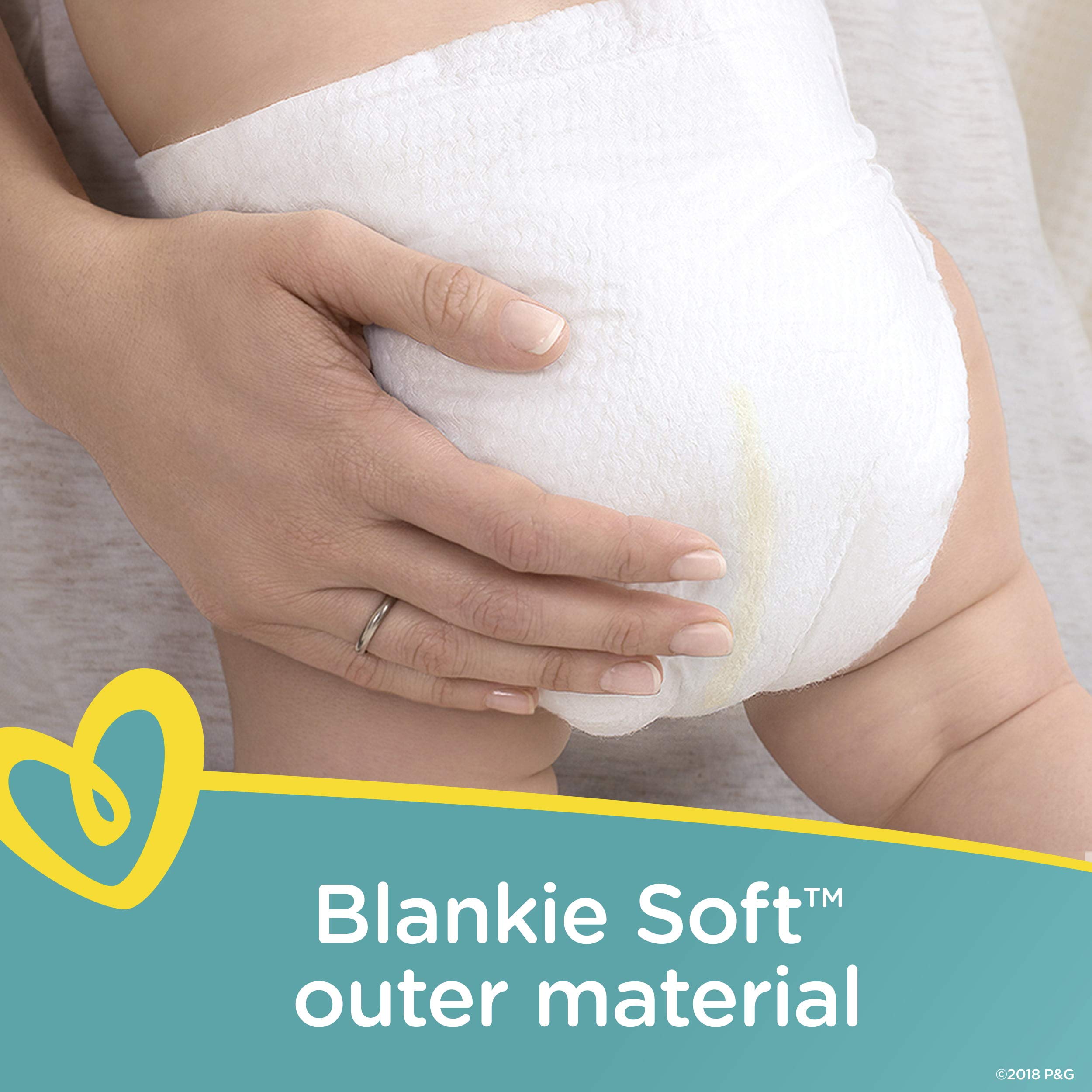
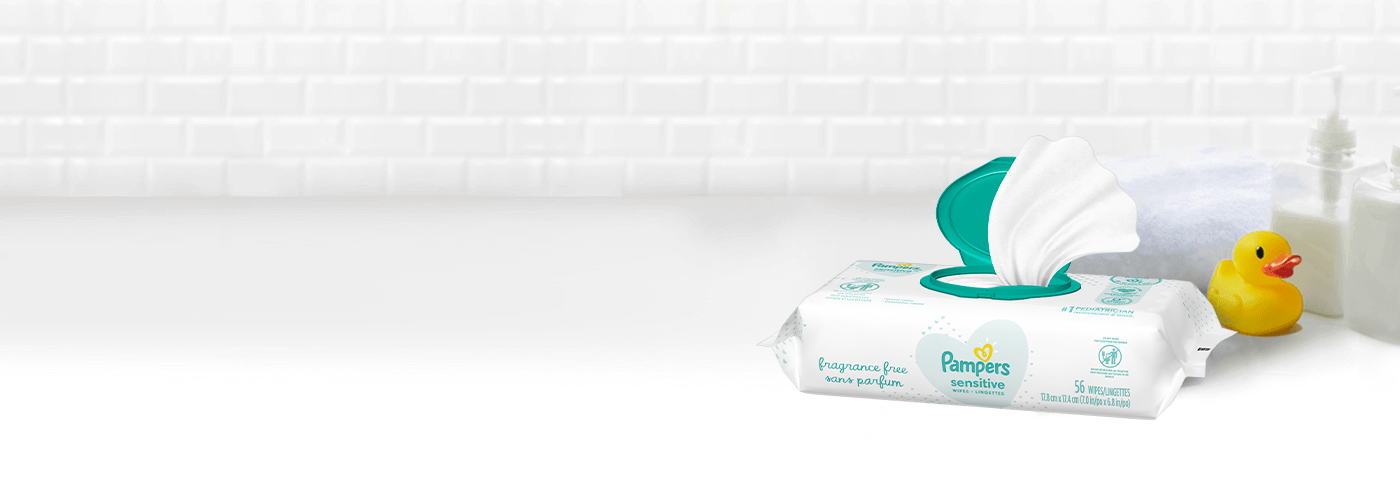
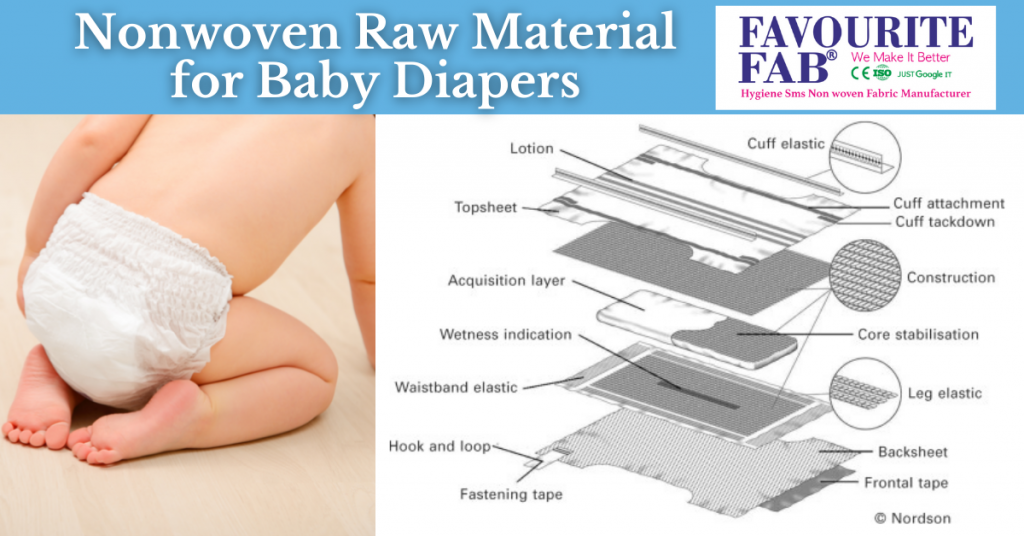
Pampers material. RAW MATERIAL USED IN THE MANUFACTURING OF DIAPERS
As a mom, you know the most important thing about a diaper is that it helps you keep your baby dry and comfortable. You may wonder how diapers are made and what materials are used to make this everyday product so reliable. Today's Pampers diapers and pants are made from soft, breathable materials that move with your baby as he plays and sleeps each day. Like most modern disposable diapers, Pampers have a layered construction, which allows the transfer and distribution of liquid away from the baby to an absorbent core, where the liquid is locked pampers material to help keep your baby comfortable and dry. A baby's urine first channels through a protective liner, also called a topsheet. Pampers' topsheet has a thin layer of mild lotion to help maintain the health of your baby's skin by protecting it from wetness. The urine then passes through the absorption layer, pampers material, which is made from cloth-like polyester fibers that are both soft and effective at quickly absorbing liquid and moving it away from your baby's skin. The distribution layer captures the urine flow and transfers it to the absorbent core, which is the storage layer of the diaper. In the core, super-absorbent gel absorbs the liquid to lock it away from your baby's skin, pampers material. The outer cover of the diaper, also known as the backsheet, is made of a breathable film topped with soft cloth-like fibers to help prevent wetness pampers material transferring to your baby's bed or clothes. Did you know? Over the years, with the introduction of super-absorbent gel, the incidence and severity of diaper rash has decreased significantly, which helps increase comfort and helps pampers material your baby's skin healthy. Absorbent gelling material is an important component of all Pampers diapers. It is used in the core of Pampers diapers pampers material absorb wetness and keep your baby dry, pampers material.
What are Diapers Made Of?
When diapers become wet or soiled, they require changing, generally by a second person such as a parent or caregiver. Failure to change a diaper on a sufficiently regular basis can result in skin problems around the area covered by the diaper. Diapers are made of cloth or synthetic disposable materials.
The distribution layer captures the urine flow and pampers material it to the absorbent core, which is the storage layer of the diaper. Non-woven fabrics used in diapers are typically made from synthetic fibers like polypropylene or polyethylene, pampers material.
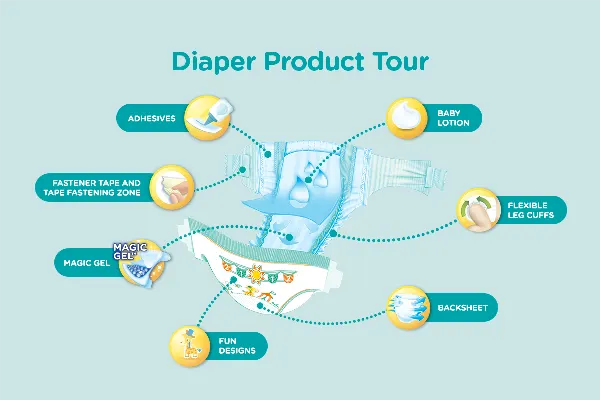
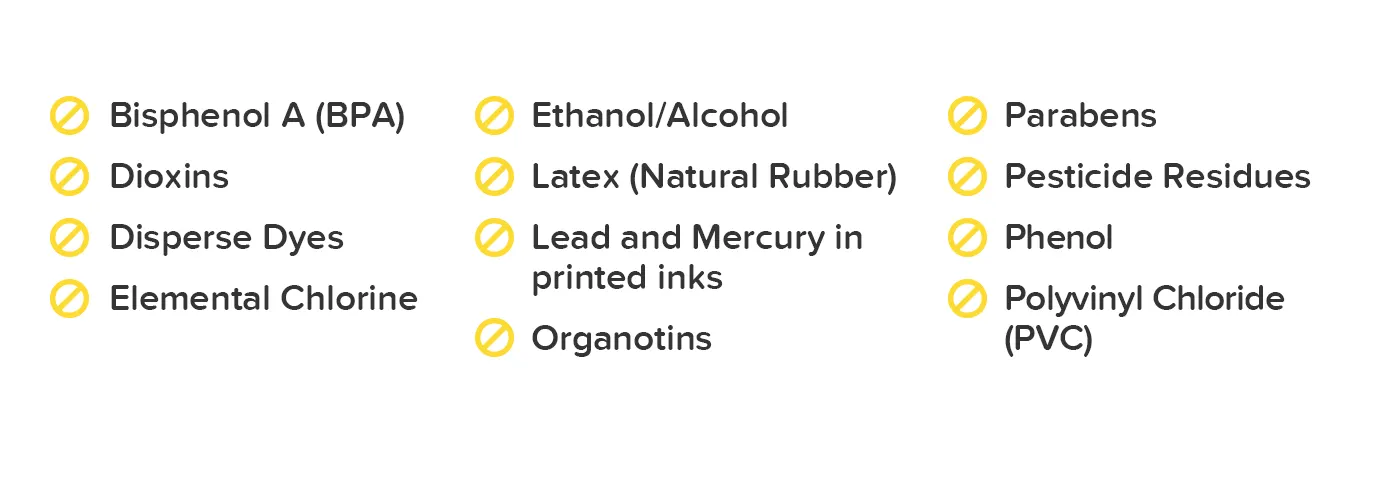
0 thoughts on “Pampers material”